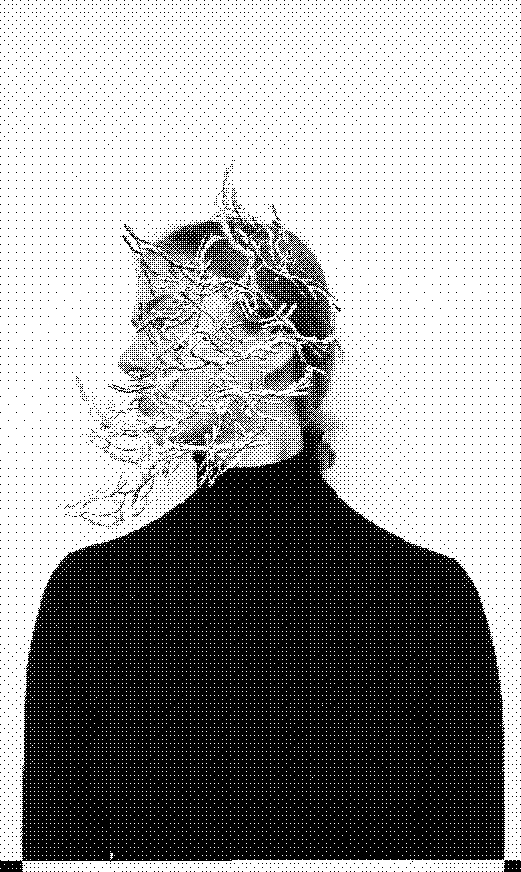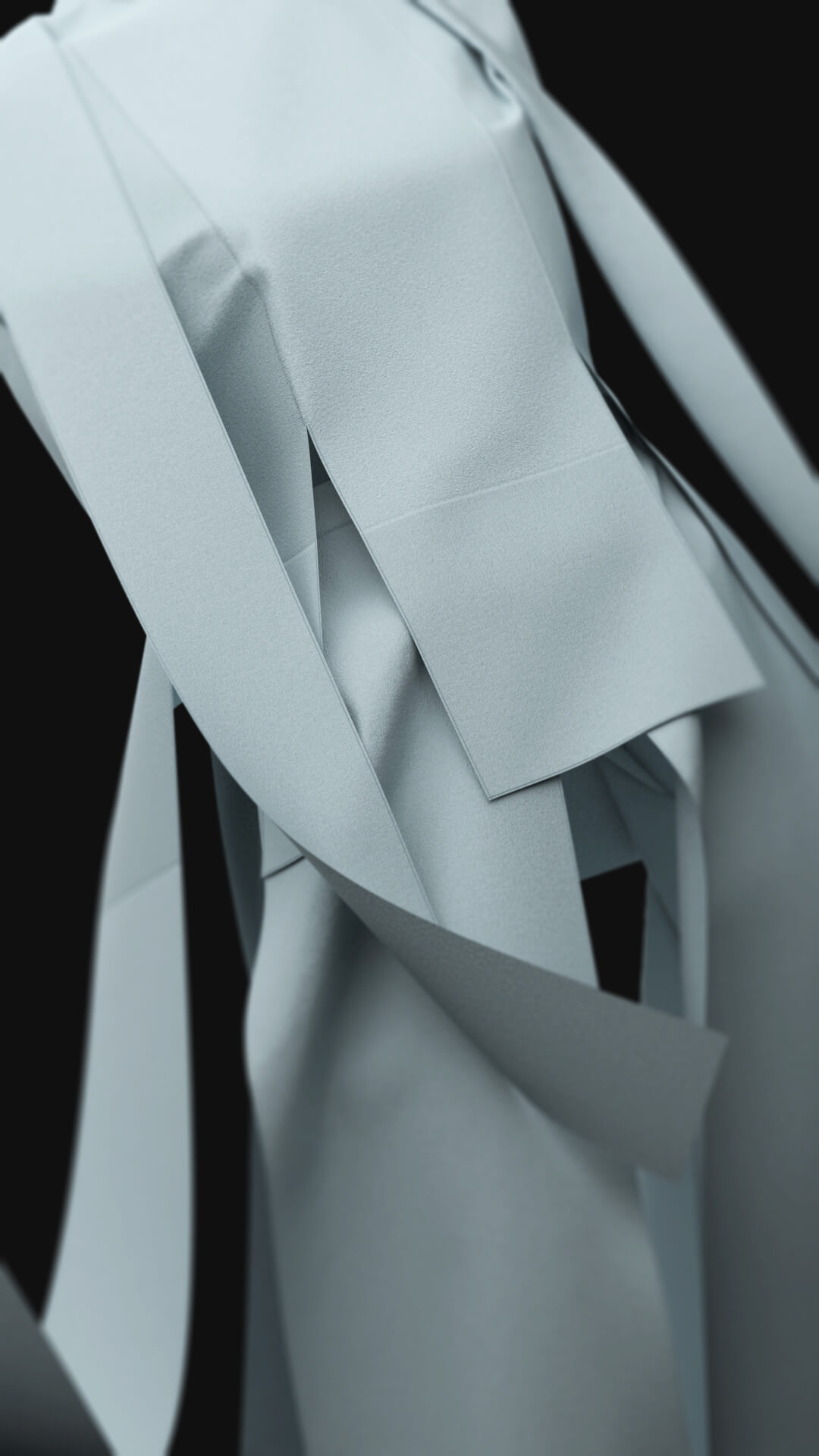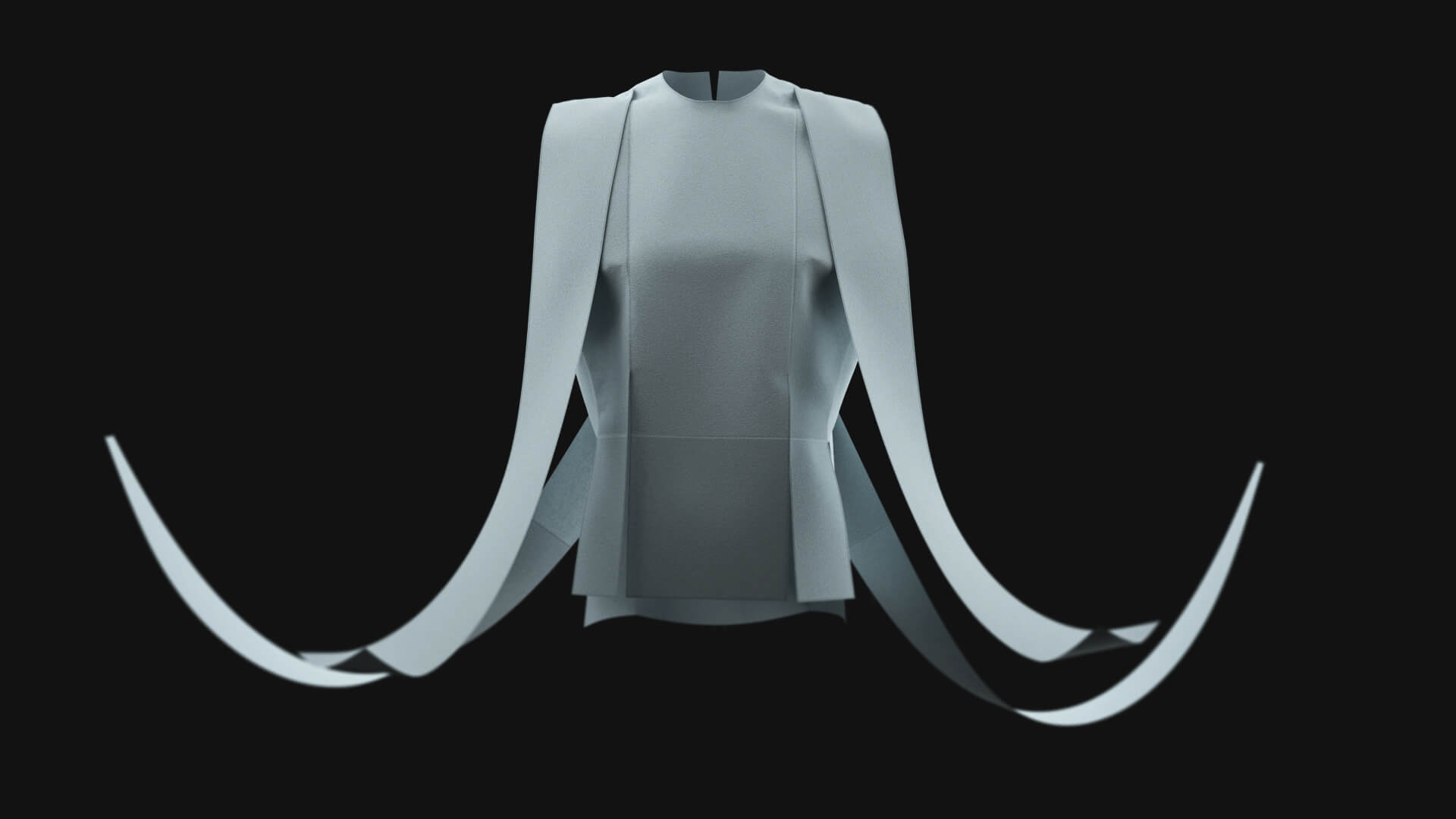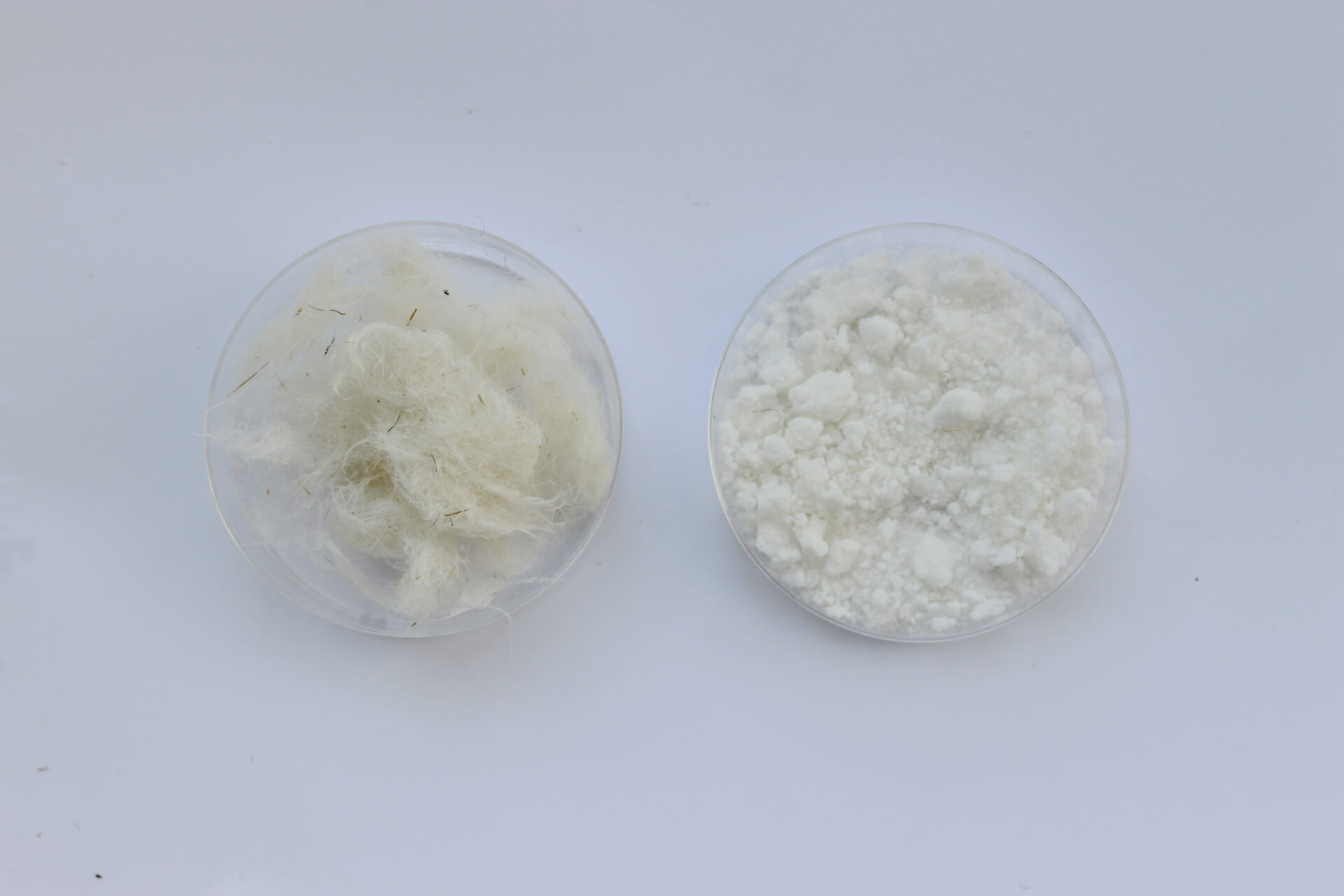Home
P¶

Hello World! I am a Slovak designer & material researcher based in Barcelona, Spain.
Over the past years of my architectural studies in Prague, I have encountered different perspectives of architectural thinking. The main focus of my research is to rethink the textile industry and the environmental impact of architectural materials through experimentation with various technologies. At the same time, my work is using fashion as a tool to reshape the connection between art, nature and the human body.
Find more about my work on petragarajova.com
INSPIRATION¶

FASHION AND TECHNOLOGY¶
SPACETIME COLLECTION
Our perception has changed. Space behaves as a continuum and it can generate a new visual sense. Therefore, it requires new conditions for its understanding.

Materiality is conditioned by time and everything in motion is temporary. But how important is time in space where your being is not physically real? Objects like you or me create distortions in space-time that cause it to bend. These curves, in turn, constrict the ways in which everything in the universe moves, because objects have to follow paths along this warped curvature.

DIGITAL FASHION¶



MATERIAL RESEARCH¶
EXPERIMENTAL WOOL MATERIAL
Sheep raised primarily for food is a source of “poor” quality wool. Their wool is treated as an excess material that can be sold below price or cannot be sold to any company at all.

The aim of the project is to bring the idea of sustainability to architecture and the textile industry through design and additive manufacturing. The experimental wool material examines the boundaries of wool waste which can be used as an architectural material. Wool with its thermal insulation properties combined with clay additives and 3D printing technology should thus solve the problems of local farmers, the wool supply chain and material recycling.
The material research is based on local problems that seeks to redefine collective consciousness. At the same time, it is trying to spread out how to work with waste and new technologies in the architecture or design field. It could be an ecological replacement for many of the resistant non-degradable materials we use every day.
